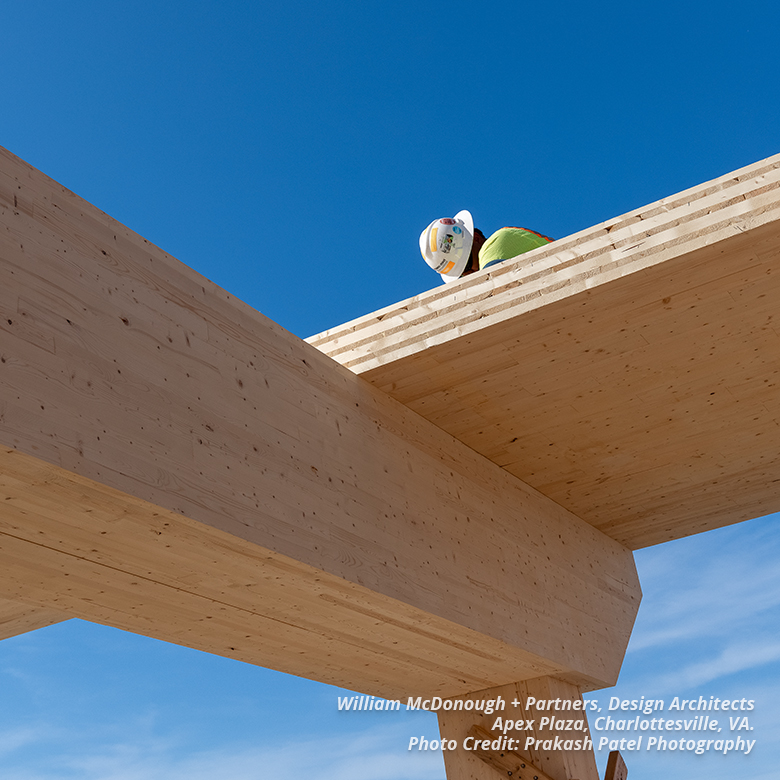
Ryan Colker, J.D., CAE
Vice President
Innovation International Code Council (ICC)
Ryan M. Colker is Vice President, Innovation at the International Code Council where he leads the Energy, Resilience and Innovation Center of Focus. He also serves as Executive Director of the Alliance for National & Community Resilience (ANCR), a national coalition working to provide communities with the tools necessary to holistically assess and improve their resilience. Prior to joining ICC, Colker served as Vice President at the National Institute of Building Sciences where he directed the Consultative Council and served as staff director of the Council on Finance, Insurance and Real Estate; the National Council on Building Codes and Standards; the Off-Site Construction Council and the Institute’s STEM Education Program. Colker is the editor of the book Optimizing Community Infrastructure: Resilience in the Face of Shocks and Stresses. Previously, he served as Manager of Government Affairs for ASHRAE and Program Director of the Renewable Natural Resources Foundation. He graduated from The George Washington University Law School, and holds a B.A. with honors, in environmental policy from the University of Florida.
Scopes, Roles and Responsibility Delineation: How to Establish Design Parameters for Off- vs. On-Site Work
As mass timber and light-frame wood projects continue to evolve to include more off-site fabricated components, clear delineations of scope and responsibility are essential to ensure that all aspects are properly designed, procured, and installed. In this session, presenters will demonstrate how to navigate the intricate process of defining scopes, roles, and responsibilities when delineating design parameters for projects that include off- and on-site elements. Attendees will learn effective methodologies for aligning design objectives with construction realities, and understand the existing regulatory frameworks related to off-site constructed and fabricated components, especially those fabricated in a different location than the Authority Having Jurisdiction. The presentation will also demonstrate how to establish clear parameters that streamline collaboration, bolster project efficiency, and ensure successful implementation of wood-based building projects.


